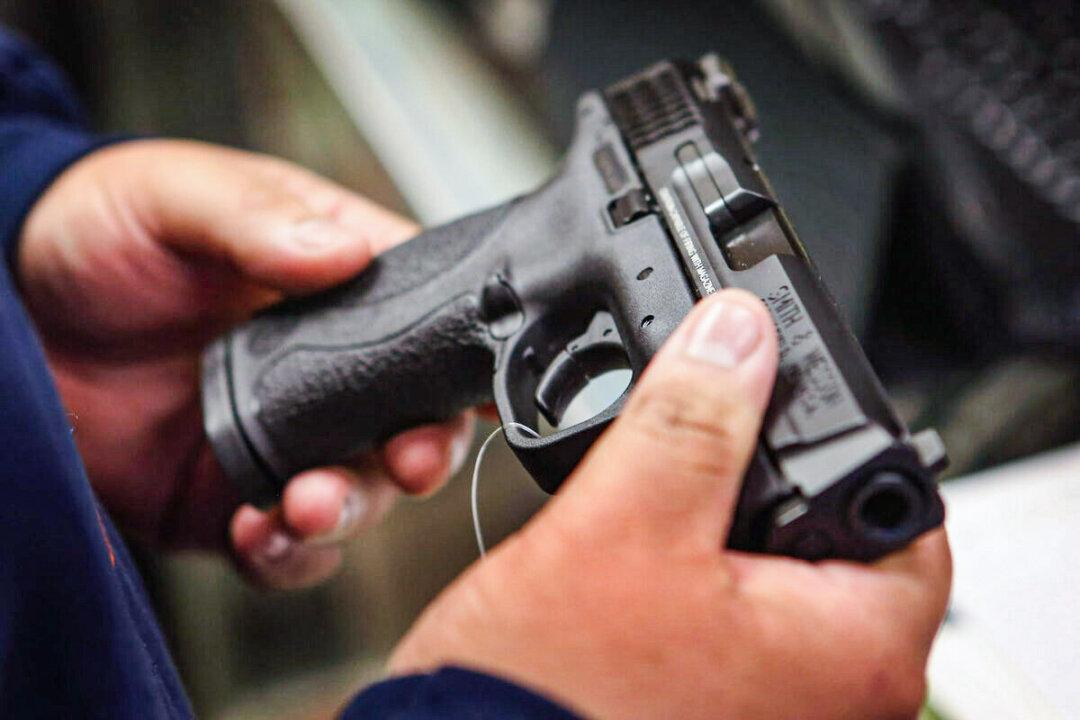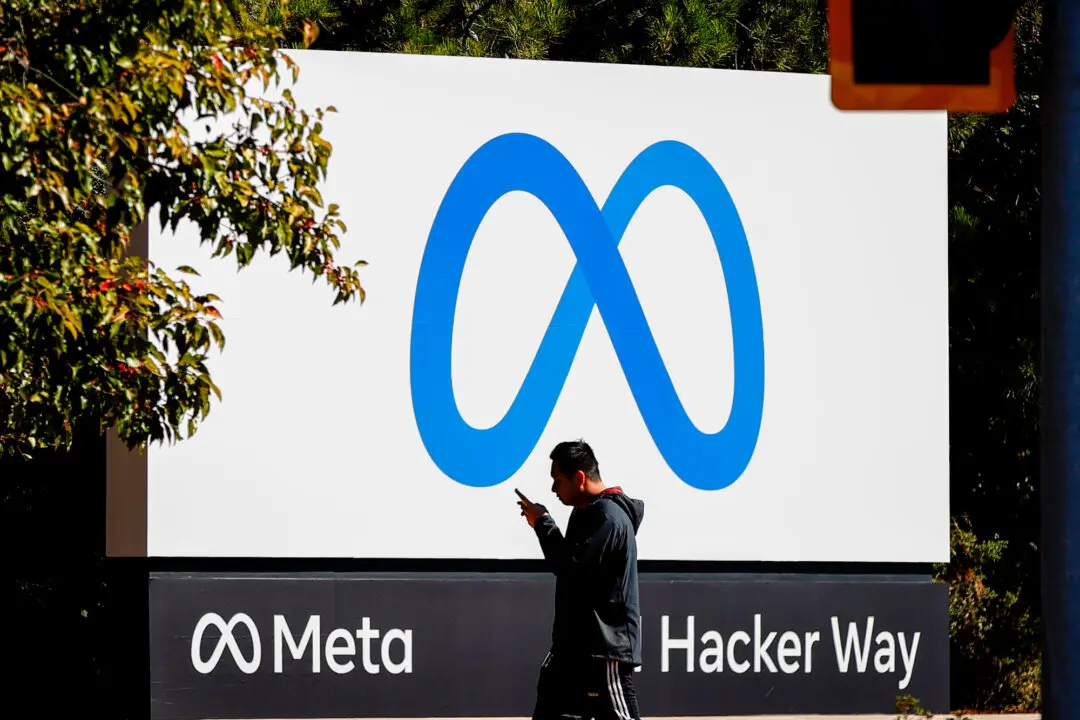A new visa rule from the U.S. Department of Homeland Security (DHS) expected to be published this February would make it more difficult for international students to stay in the country after finishing their degree.
The DHS currently practices a rule known as “duration of status,” which means that international students can stay in the United States indefinitely as long as they maintain their status as students and do not violate the terms of their visa. This rule makes it possible for students to transfer to another school to work towards a higher degree or take an extra year to pursue a double major. Effectively, the length of their stay in the country is determined by how long they needed to finish their academic programs, rather than their visa expiration date.





